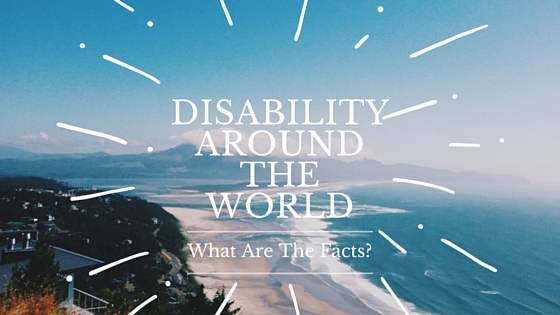As with most countries, the rate of autism in Asia is now higher than was reported 30 years ago. The question always remains as to how much of the increase can be attributed to better diagnosing and reporting, and how much the actual incidence has increased.
In China, for example, before 1980, autism was reported at a rate of about 2 out of 10,000 children. Since then, it has increased to about 14 out of 10,ooo. While this is still dramatically lower than the US, it shows a significant increase.
In places such as East Asia, India, and South Korea, certain cultural beliefs may affect the diagnosis of autism. People in East Asia and India believe that male children speak later, and they discourage eye contact as a show of respect. South Koreans stigmatize autism to the point that under reporting would be likely. South East Asians also only have about 1 psychiatrist per every 100,000 people, making diagnosis and reporting more difficult.
These factors would also affect the availability of services and rate of improvement for children on the autism spectrum in Asia.

